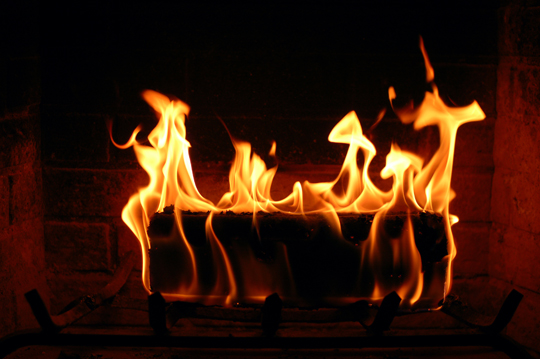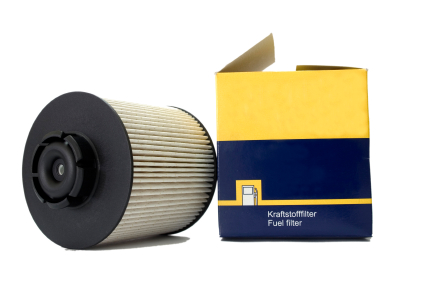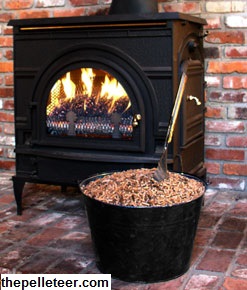Fire logs are utilized by numerous homeowners as highly effective wood fuel, which is longer-lasting, affordable, and easier to burn. People hoping to embrace a greener lifestyle now have the chance to purchase and utilize eco-friendlier fire logs made from renewable materials (sawdust, green animal- or plant-based waxes) producing a negligible amount of sulfur emissions and generating reduced CO emissions that are eventually absorbed by plants. In this context, many people are probably asking themselves the following question: How long should fire logs dry, and how could I possibly find the best wood fuels?
1) Choosing the right fire logs
First of all, make sure that you find and purchase high-efficiency fire logs that are 90% combustible, natural, coming from renewable sources, and producing a minimized amount of emissions. Instead of opting for semi-dry wood, ask for dry fire logs, which don’t waste energy during their burning process.
Tree removal experts advise us to pay attention to 2 important factors impacting the calorific value (CV) of all types of fire logs: wood density and moisture content. It is recommended to opt for denser wood (hardwood) to experience financial savings, as hardwood offers you more kilowatt-hours per cubic meter than softwood. Moreover, make sure your fire logs are 100% dried. You should know that seasoned logs (dried ones) have twice the calorific value (CV) of green fire logs.
2) How to dry your fire logs properly
Want to reduce the moisture content of your fire logs? In this case, all you need to do is chop the logs into smaller pieces and let them dry naturally during spring and summer (for at least 6 months before burning it in your stove). In theory, a longer drying time would be required (up to 2 years), but only a few homeowners follow this suggestion, as the rest of them consider it impractical.
Trees should be cut in November or December, when they are still dormant, so that fire logs could display reduced moisture content. Also, make sure you store your fire logs properly, in a dry, properly ventilated place. If you plan to buy fire logs, make sure they were seasoned at least one year ago to profit from an increased calorific value.
Still wondering how long should fire logs dry? Up to 24 months if you’re really patient, but you can definitely make the most of well-seasoned wood after only 6 or 7 months of storage, if you chop the logs into tiny, manageable pieces.
Having Tree Problems?
Do you have dead wood sitting in your yard that needs getting rid of, or would you like to turn a troublesome tree into useful fire logs? Then use TalkLocal to be connected with up to three professionals in your area who can help you.










